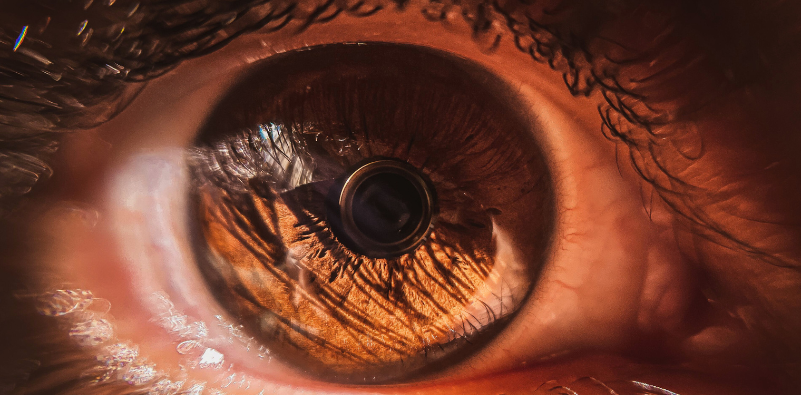Understanding Age-Related Macular Degeneration: Symptoms and Available Treatments
Age-related macular degeneration (AMD) is a common eye condition that affects millions of people worldwide, especially those over the age of 50.
As opticians and eye care professionals, we feel it's crucial for people to be well-informed about AMD, its symptoms, and the current treatments available.
What is Age-Related Macular Degeneration (AMD)?
AMD is a progressive eye condition that damages the macula, a small but vital part of the retina responsible for sharp, central vision. As AMD progresses, it can lead to significant vision loss, making everyday tasks like reading, driving, and recognising faces challenging.
Symptoms to Look Out For
Early detection of AMD is crucial for managing the condition effectively. Here are the common symptoms opticians should be aware of:
1 - Blurred or Distorted Vision: Patients may experience a gradual or sudden decline in the clarity of their central vision, making objects appear blurry or distorted.
2 - Dark Spots: Dark spots or areas missing from the central vision field may indicate the presence of AMD.
3 - Straight Lines Appearing Wavy: A common early sign of AMD is when straight lines, such as door frames or telephone poles, appear wavy or crooked.
4 - Difficulty Seeing in Low Light: Patients may find it hard to adapt to low-light conditions, such as restaurants or dimly lit rooms.
5 - Color Perception Changes: Colors might appear less vibrant or accurate to individuals with AMD.
6 - Difficulty Recognising Faces: Recognising faces, even those of close family and friends, can become increasingly challenging.
Available Treatments
While there is no cure for AMD, several treatment options can help slow down the progression of the disease and manage its symptoms:
(Note, Some treatments may not be available to you depending on where you live or your personal circumstances. Please discuss options with your eye care specialist for more bespoke options)
Lifestyle Changes: Encourage patients to adopt a healthy lifestyle, including a balanced diet rich in antioxidants, regular exercise, and avoiding smoking, which can reduce the risk of AMD progression.
Nutritional Supplements: Certain vitamins and minerals, such as vitamin C, vitamin E, zinc, copper, and lutein, are believed to support eye health. Prescribing specific nutritional supplements can be beneficial for some AMD patients.
Anti-VEGF Injections: For wet AMD, which involves abnormal blood vessel growth, anti-VEGF (vascular endothelial growth factor) injections can help slow down or stop the growth of these vessels, preventing further vision loss.
Photodynamic Therapy (PDT): PDT is another treatment option for wet AMD, where a light-sensitive drug is activated by laser light to destroy abnormal blood vessels in the eye.
Low Vision Aids: For patients with advanced AMD and significant vision loss, low vision aids such as magnifiers, telescopic lenses, and electronic devices can help make the most of your vision.
Clinical Trials: Encourage eligible patients to participate in clinical trials. Ongoing research may lead to innovative treatments and therapies for AMD.
As eye care specialists we understand that being vigilant about the symptoms of AMD and staying informed about the latest advancements in treatments is essential. By being aware of AMD, its symptoms, and available treatment options, you can feel empowered to make informed decisions about your eye health and highlight any concerns on your next visit to Harrold's opticians. Regular eye examinations, coupled with early detection and appropriate management, can significantly improve the quality of life for individuals living with AMD.
If you are concerned about your eye health and would like to discuss anything in this blog more contact us at Harrolds today and we can arrange an appointment for us to look into things in more detail.











